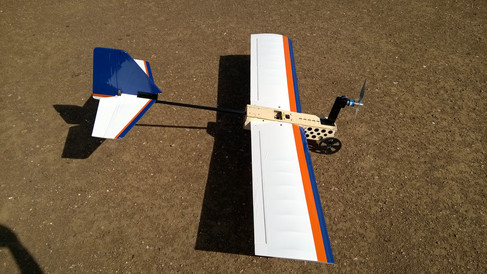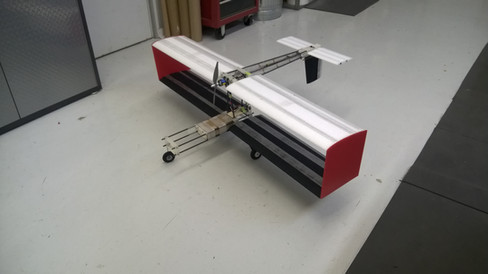Vervr Part 4: The hidden forks
- Greg Gradwell

- Dec 12, 2024
- 3 min read
In case these posts are starting to sound like a pity party, I want to assure you these self-reflections are meant to gain insight, not condolences. But it never hurts to hear from people, so please continue to reach out. I figure that now is the time for analysis, seeing as one rarely stops to reflect when things are going well. I'm less interested in the outcome of my decisions, as they so often are affected by many factors outside my control. Rather I want to frame success in terms of the choices I made given the information I had at the time. Today I'll examine a few of the instances where seemingly small choices ended up having significant impacts on the direction of the project.

This first major decision I made was to develop for Virtual Reality instead of Augmented Reality. I've already discussed my reasoning in other posts, and frankly, I'm not sure I would have done anything differently even knowing what I do know, so I won't elaborate here. This was one of the many scenarios in which I wish I could have cloned myself and sent Evil Greg down the alternate path. Further motivation to build engineering support before undertaking my next endeavor.
The other early choice that turned out to be hugely significant was my insistence on making this a multiplayer experience. Sadly, I have made this type of mistake before, in which I place technical demands on an early prototype based on where the product should be several months or years in the future. After finishing my first autopilot prototype in 2015, I began looking ahead to the aircraft in which it would be installed. There was nothing off the shelf that did exactly what I wanted, so I experimented with some of my own designs. For a handful of reasons, I wanted to use batteries with LiFePO4 chemistry, as opposed to the LiPo batteries that are typically used with RC aircraft. One of the downsides with LiFePO4 is that you need larger batteries in order to produce the high current required for flying an aircraft, specifically during takeoff. So that one decision drove the entire design, and I ended up Frankensteining a slew of prototypes that could fit these huge batteries. Needless to say, I didn't make anything nearly as performant as what was commercially available. And while it was fun building these things, it came with significant opportunity cost, and ended up being the nail in that autopilot's coffin.
With Vervr, I always knew that it was meant to be a multiplayer game. After all, Mario Kart is way more fun with friends. Even at the beginning, I knew that multiplayer was likely years away. Had I been more aware of how many single-player use cases were out there, I likely would have ignored the multiplayer option completely.
Why does multiplayer make such a huge difference? If you're playing by yourself, you only need to know your position within the game environment (we are assuming your real environment is free of obstacles). VR headsets already have this technology built into them. As you move around in real space, they can translate this into virtual movement. It doesn't matter exactly where you are in real life, as long as you stay inside the play area. With multiplayer, each player also needs to know where they are relative to every other player. The easiest solution is if each player knows their real world position, as this is unambiguous. The simplest way to do this was using GPS, which added to cost and complexity of the vehicles, and required them to operate outdoors. It also meant I was constantly fighting the headset software, which was still trying to update the player's virtual position.
I think one reason that I so willingly went down the multiplayer path was that I was perfectly comfortable working with position estimation, both in terms of the hardware and software required. In a way, my knowledge worked against me. A vehicle that knows its absolute location fit in nicely to my worldview, and it aligned with where I wanted to take the project. But after recently building my indoor bulldozer simulator, I started to appreciate all the applications that I could have explored, had I started with a single-player mindset. Obviously, I didn't think about it too hard, because that would be depressing. Still, it was interesting to me because the multiplayer road seemed obvious. Like Bad Blake said, "It's funny how fallin' feels like flyin' for a little while."
Have you taken any hidden forks lately? Of course you have. Maybe you just haven't found them yet.
-Greg
If you can’t spot the sucker in the first half hour at the table, then you ARE the sucker.















